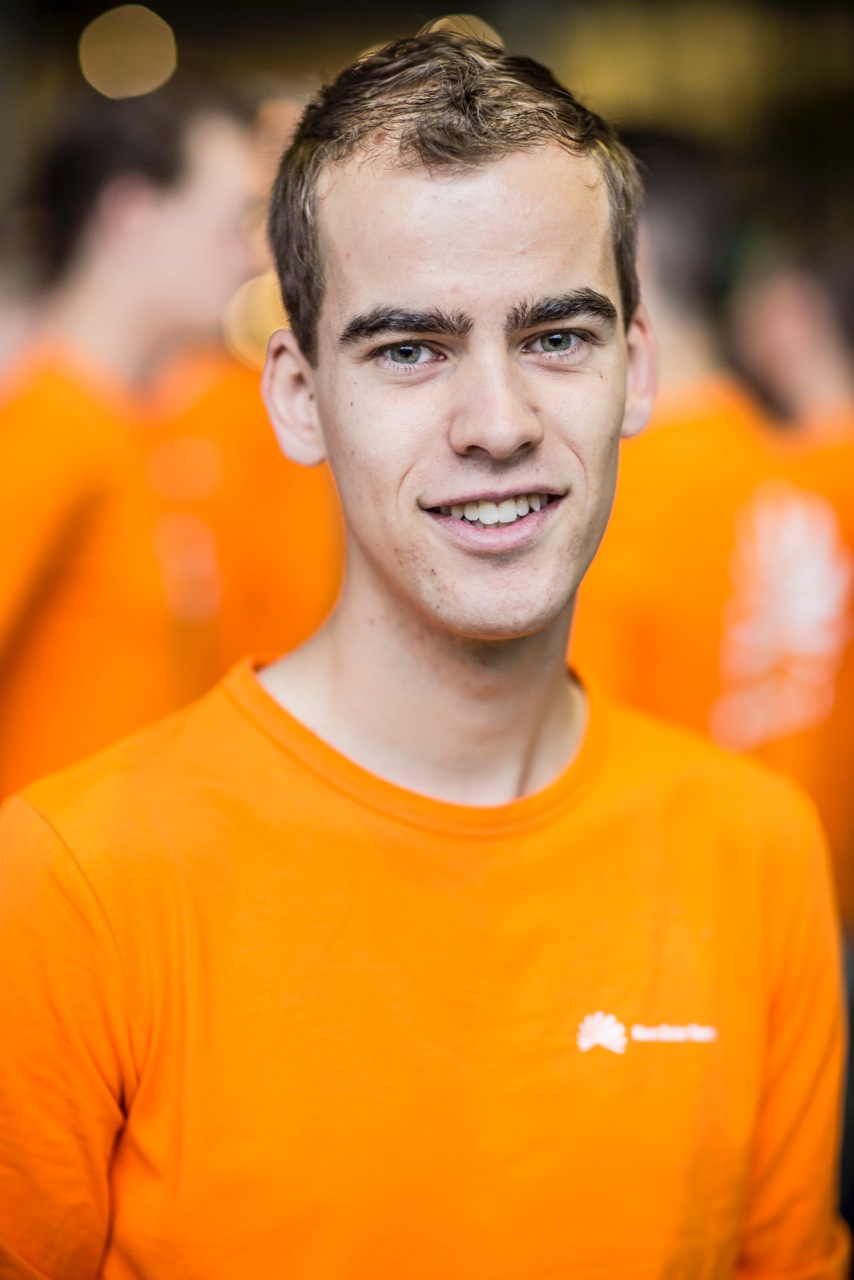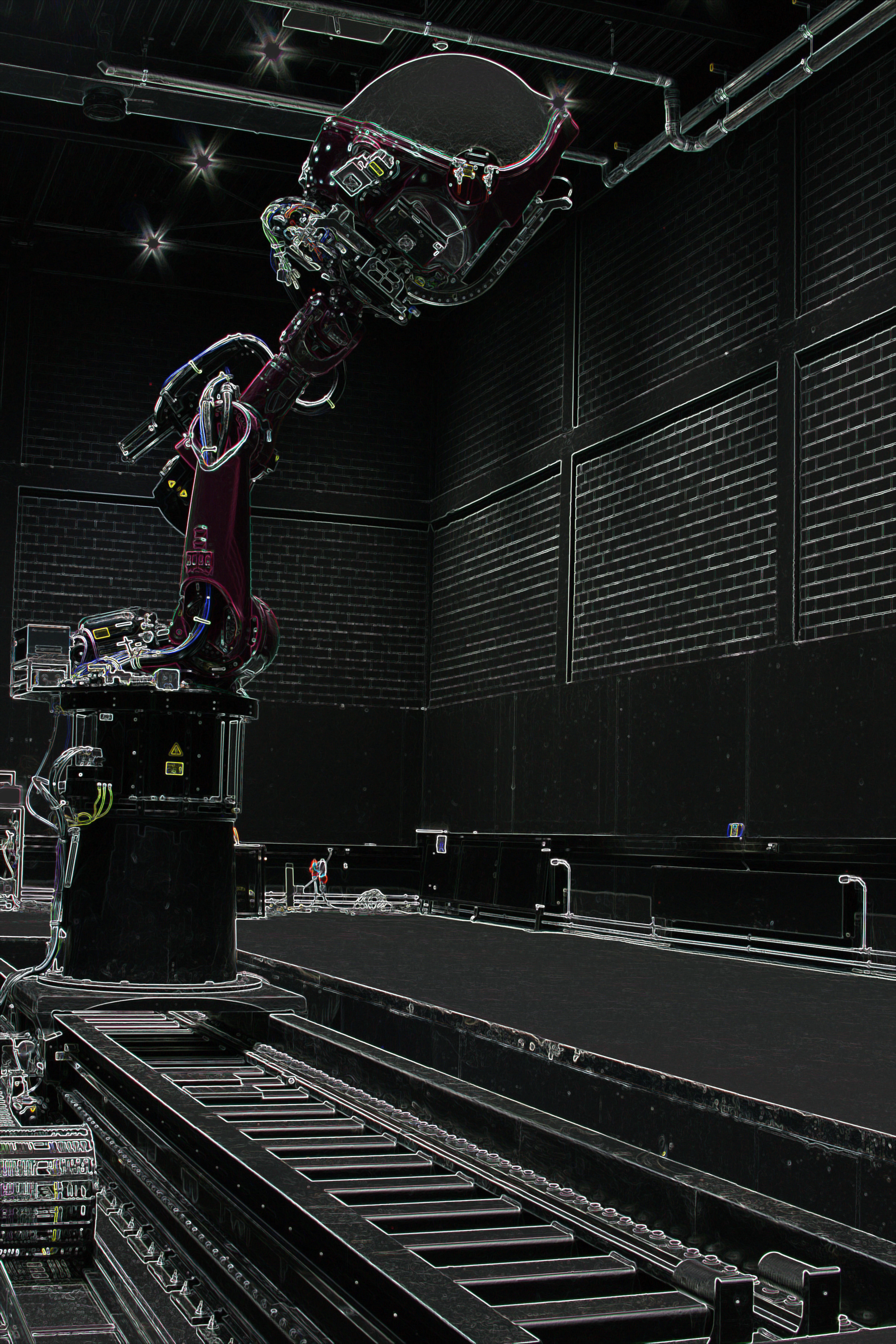Ir. Tim van Leeuwen
Faculty of Aerospace Engineering

The qualities that make Tim an exceptional graduate, besides his outstanding graduation work, are his unprecedented analytical ability to develop structure in an extremely complex multi-dimensional research problem, his independence in planning and executing the project, and his eye for detail and perfection in presenting and writing up his findings.
The algorithm he developed can detect and separate, with an unprecedented accuracy, in the time and frequency domain, all types of motion. It seems that we have finally found a way that gives us the opportunity to calculate, and create a purely quantitative analysis.
In addition to the development of his algorithm, Tim insisted to test and further refine his method by an experiment with human subjects in the MPI CyberMotion Simulator. Through this experiment, which for the first time used human subjects under controlled conditions, a wide range of motion errors are exposed in a realistic car travel scenario, thereby allowing Tim to fine-tune critical settings of his algorithm.
The forthcoming publications aimed at both research and simulator building communities will require great care: “people will simply not believe that we did it!”
Tim is a student one encounters perhaps once every 10 years and who eventually, and I do not say this lightly, leaves one behind a bit flabbergasted - a natural phenomenon.
prof. dr.ir. Max Mulder
Simulator motion cueing error detection using a wavelet-based algorithm
Motion simulators are used extensively for pilot training and human perception research. By combining visual, vestibular and auditory cues these devices try to replicate the motion sensation experienced in an actual vehicle. Perfect replication of a vehicle’s physical motion is generally not possible, however, as motion simulators have limited motion envelopes.
Any noticeable discrepancy in the motion sensation in simulators is called a motion cueing error. This thesis investigated what types of motion cueing errors can be distinguished, how they can be objectively identified, and which error types are considered most detrimental to simulation realism by simulator subjects.
The motion cueing error detection algorithm developed, tested, and experimentally validated in this thesis will make motion simulator design and tuning more focused (by explicitly focusing on avoiding the worst motion cueing errors) and more objective, resulting in more realistic simulators. This approach will directly contribute to improving future airline pilot training.

